Easy To Grow Herbs (10 of the Best Herbs For Your Garden)
Learn about the best easy to grow herbs to plant in your garden. These tips on how to grow parsley, rosemary, thyme and many others will have your herb garden going in no time.

One of my favorite things about summer is all of the fresh produce that is available.
Although I love growing vegetables in my garden, I don’t always get around to planting them. But I always make sure that I have fresh herbs.
The great thing about most herbs is that they are really easy to grow, don’t require much maintenance and may even be perennial (depending on where you live).
Many herbs are also quite versatile – growing in either full sun or part shade.
A lot of people start herbs from seeds but for me it’s just easier to head over to the local nursery or big box store in the spring and stock up on the plants I need (they’re not very expensive).
Once I get them home, I only have 1 requirements for a good herb planting spot. It needs to be close to the back door so I don’t have to trek far to pick the herbs when I need them.
Other than that, I plant them wherever I have room for them.
Some go in my herb box. Some in planter boxes. Some in my raised beds with the vegetables and some in the garden.
Then I enjoy cooking with fresh herbs all summer!
So here are my favorite easy to grow herbs.
1 | Basil
Light requirement: Full Sun
Grow as an annual: Zones 1 to 9
Perennial in: Zones 10+
Basil is one of my all time favorite easy herbs to grow because it’s one of the spices that tastes SOOO much better when it’s fresh.
Which makes it a “must have” for my garden.
It needs plenty of water and should be pinched back to keep it growing leaves and not flowers.
Basil is an annual (except in zones 10 and above) so if you let it go to seed, the plant is pretty much done.
However, if you cook with basil as often as I do, keeping it deadheaded isn’t really the problem.
Running out of leaves is!
Which is why I look for pots that have more than one plant.
Then I split them apart before putting them in the ground.
That way the plants grow much bigger, and I get more of them.
My Favorite Basil Recipes
2 | Rosemary
Light requirement: Full Sun
Grow as an annual: Zones 1 to 7
Perennial in: Zones 8+
Rosemary is a woody, perennial (in zone 8 and above) with evergreen leaves that is one of my favorite herbs.
Unlike some other fresh herbs, you don’t need much rosemary to provide lots of flavor, so one plant is plenty for all of your cooking needs.
I put a small big-box store rosemary plant in one of my herb boxes a few years ago and I now have a rosemary bush!
(It got so big that my lawn guy thought it needed a trim and took the weed eater to it…which is why it’s looking a little bare in the picture above).
However, if you live in the Northern parts of the country, rosemary won’t survive the winter outside.
So you can either plant it annually. Or put it in a pot that you can bring in for the cold months.
Besides being good for cooking, rosemary is also a mosquito deterrent, so I use it regularly to make my own citronella candles.
My Favorite Rosemary Recipes
- Slightly Spicy Rosemary Lemon Chicken
- Soy Lemon Pork Chops
- One Pot Spaghetti Sauce (if you grow your own tomatoes, this is a great recipe for using them up, too)
3 | Parsley
Light requirement: Full Sun To Part Shade
Grow as an annual: Zones 1 to 6, 10+
Perennial in: Zones 7 to 9
Parsley is another one of the easy to grow herbs that I love to grow in my garden.
I usually get at least 2 plants – a flat leaf variety and a curly leaf variety.
The flat leaf ones generally have more flavor, but the curly leaf varieties look prettier as garnish.
Parsley is a biennial so theoretically you can get 2 years out of one plant, but I have never been very successful in getting them to grow the second year.
So I treat it like an annual and plant new ones every year.
My Favorite Parsley Recipes
4 | Chives
Light requirement: Full Sun To Part Shade
Grow as an annual: Zones 1 to 2, 11
Perennial in: Zones 3 to 10
Chives are a perennial herb that are super easy to grow.
It really doesn’t have any maintenance requirements.
And reliably comes back year after year.
Keeping the leaves trimmed prevents flowers from forming and encourages the plant to grow bigger.
Which is not a problem around here since it’s one of my favorite herbs to add to summer salads.
My Favorite Chive Recipes
5 | Thyme
Light requirement: Full Sun To Part Shade
Grow as an annual: Zones 1 to 3, 11
Perennial in: Zones 4 to 10 (depending on the variety)
Thyme is the next herb on my favorites list.
It is a low growing perennial plant that has many different varieties.
I usually buy German thyme which is perennial in zones 5 to 9, but lemon thyme is also really good (zones 7 to 9).
Although it is a perennial, I have trouble keeping it alive for more than a year or two so it’s a regular new addition to my garden.
Since Thyme prefers alkaline soil (which doesn’t exist in my neck of the woods) I always grow it in planters.
Adding a little lime to the soil when you’re planting it helps to keep it happy.
My Favorite Thyme Recipes
6 | Oregano
Light requirement: Full Sun To Part Shade
Grow as an annual: Zones 1 to 4
Perennial in: Zones 5 to 12 (depending on the variety)
In my garden, oregano is one of the easiest herbs to grow.
I think it’s pretty much impossible to kill!
It survives drought, will grow in the shade, and doesn’t need to be fertilized.
Which all adds up to sometimes being a little too easy to grow…and that is why it lives in my herb box.
There’s no where for it to spread, but I still get to have it fresh from the garden.
My Favorite Oregano Recipes
7 | Mint
Light requirement: Full Sun To Shade
Grow as an annual: Zones 1 to 2, 10+
Perennial in: Zones 3 to 9
Mint is another one of the perennial easy to grow herbs on my list.
In fact, it is so easy to grow it should probably be on my invasive plant list.
Because of this, I would definitely recommend planting it in a pot rather than a garden bed.
As you can see, it even tries to take over my herb box!
However, I really like using mint in drinks, and you usually need quite a few leaves to make an impact…so having a large sized plant works out pretty well!
Mint Recipes
8 | Lemon Balm
Light requirement: Part Shade To Full Sun
Grow as an annual: Zones 1 to 3, 10+
Perennial in: Zones 4 to 9
Lemon Balm is a close relative to mint, and has similar growing characteristics.
In other words, it is really easy to grow…and I keep it in a container at all times to prevent it from taking over the garden.
While I don’t have any specific recipes that call for Lemon Balm, I love to use it as a garnish for summer drinks and salads.
9 | Cilantro
Light requirement: Part shade To Full Sun
Grow as an annual: All zones
Cilantro is a cool-weather annual herb that I use in all kinds of different recipes.
If you summers are hot, it should be planted in the ground (instead of containers). Soil that reaches 75 degrees F will cause it to bolt and go to seed.
And for zones 9 or higher, plant it in the fall for the best results. (Your summers are just too hot for cilantro!)
Like Basil, frequent deadheading is required to prevent it from going to seed too fast.
And even then, it only seems to last a few weeks.
So I usually put in a new plant every couple of weeks in order to have a fresh supply all summer.
Occasionally I get lucky and it reseeds itself.
My Favorite Cilantro Recipes
10 | Dill

Light requirement: Part shade To Full Sun
Grow as an annual: All zones
Dill is a warm-season biennial that is very sensitive to cold temperatures, but doesn’t like hot weather either.
As with Cilantro, if you are gardening in Zone 9 or higher, you should plant this herb in the fall.
It also doesn’t like to have its roots disturbed. So if you buy Dill in containers, be careful to keep the roots in tact when you are planting it.
While it is technically a biennial, it self-seeds easily so will re-grow every year if you don’t harvest the seeds for making pickles.
My Favorite Dill Recipes
There you have it, my list of the best easy to grow herbs for your garden. Hopefully, you’ve found a few to plant in your yard.
Other Herb Gardening Ideas You Might Like
Do you have any other suggestions for easy to grow herbs? Tell us in the section below.
Pin It So You Don't Forget It!
[columns] [span4]
[/span4][span4]
[/span4][span4]
[/span4][/columns]
[columns] [span4]
[/span4][span4]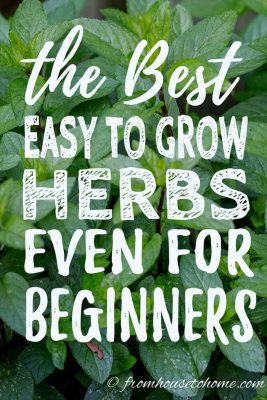
[/span4][/columns]
This post was originally published on May 29, 2018 but was updated with new content on November 23, 2024.



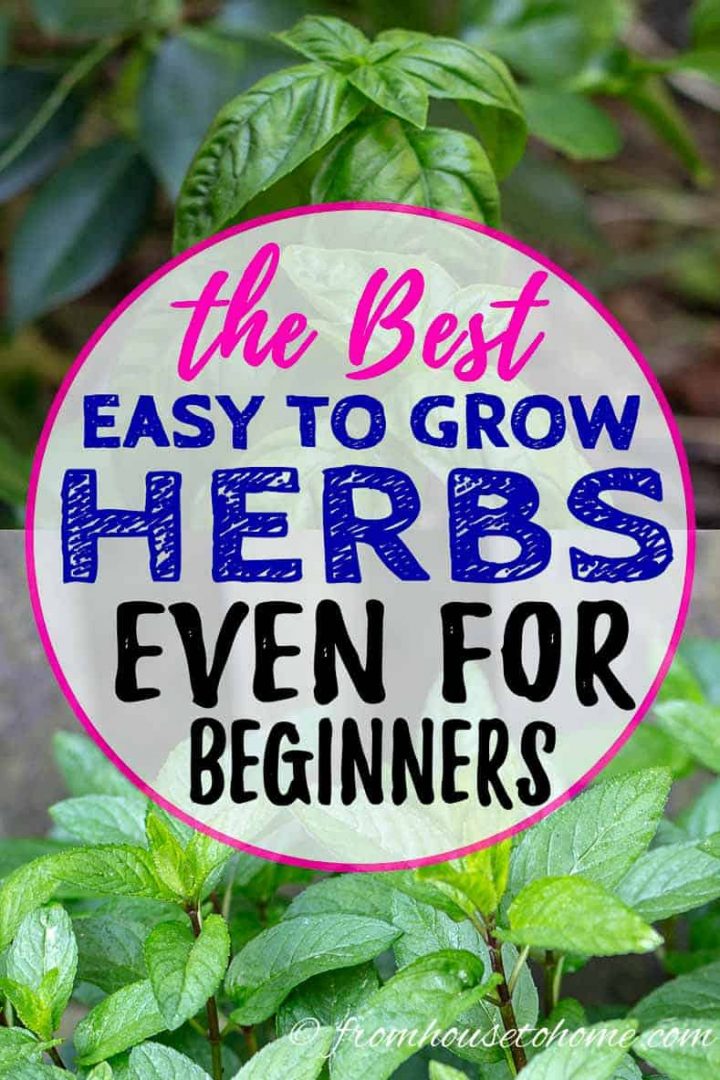



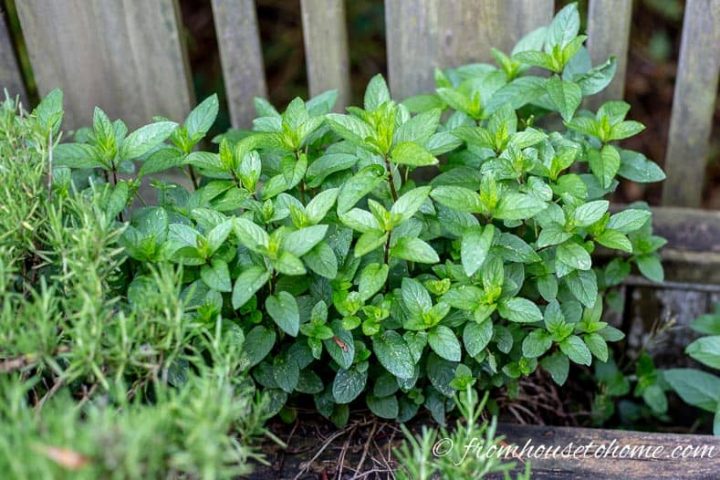
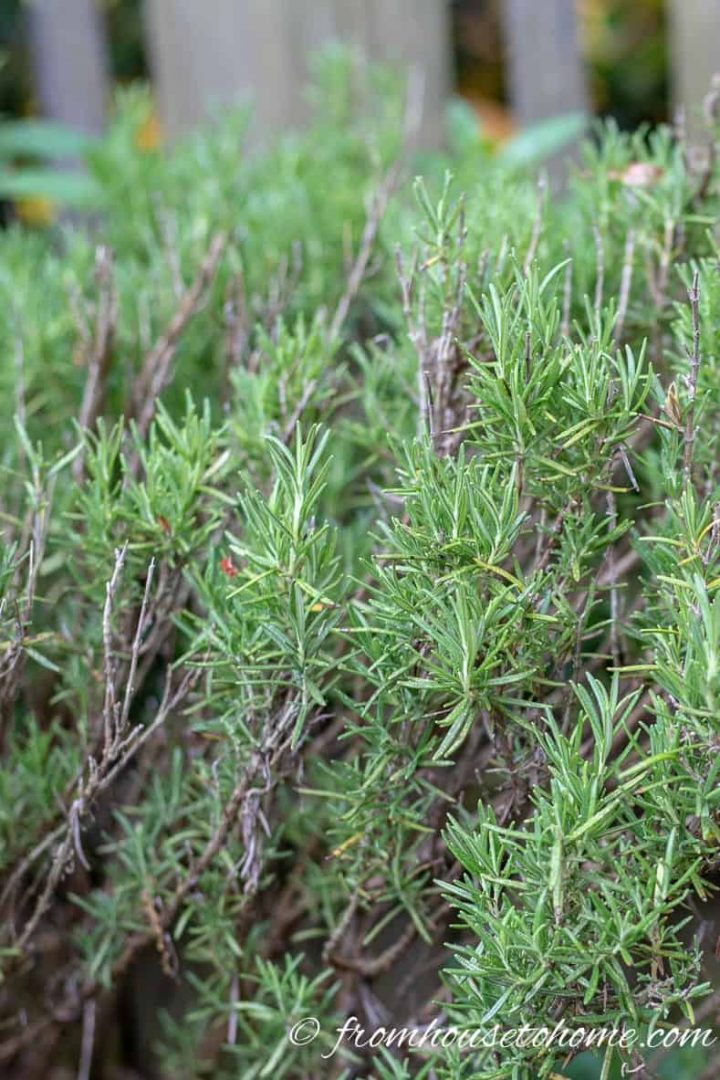

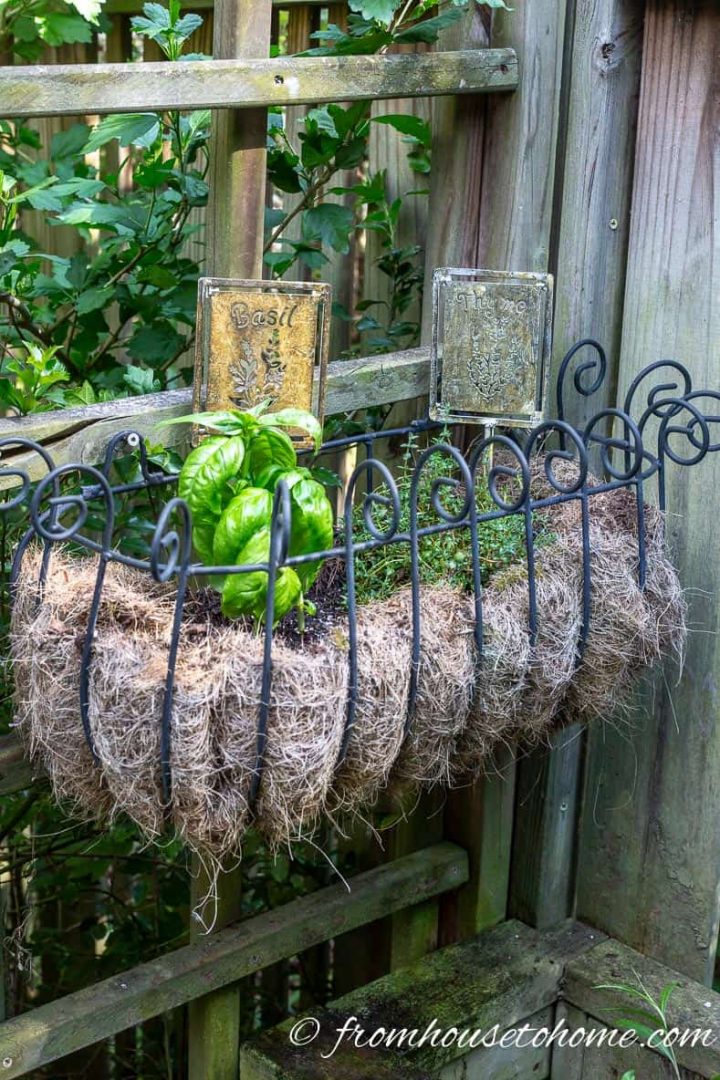
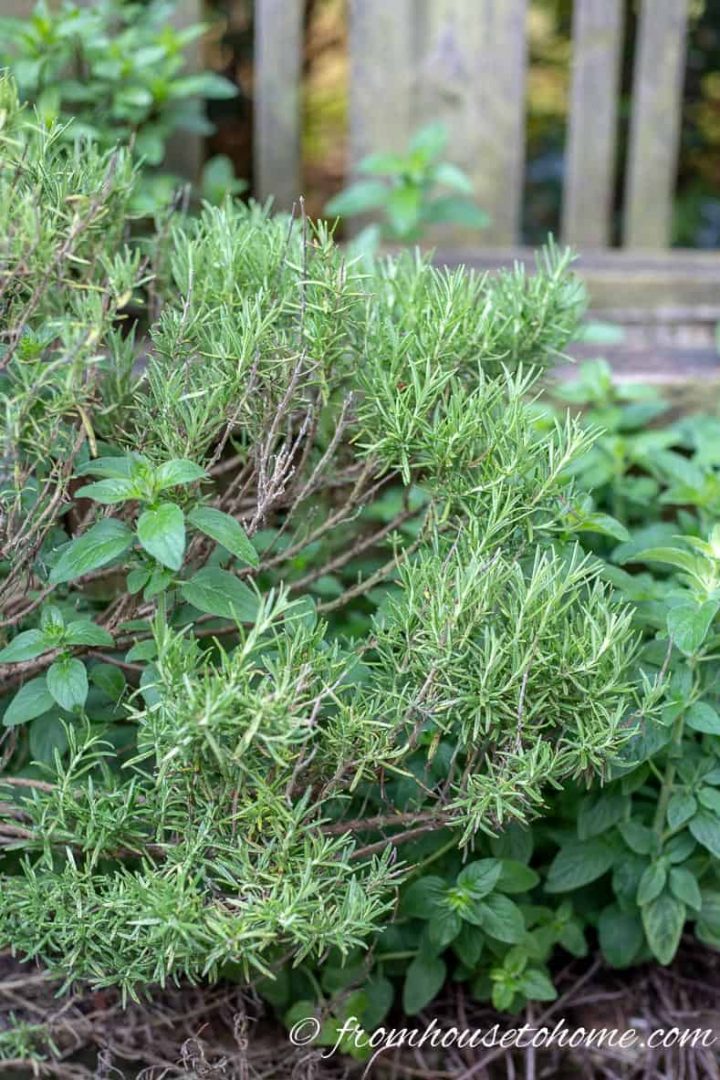
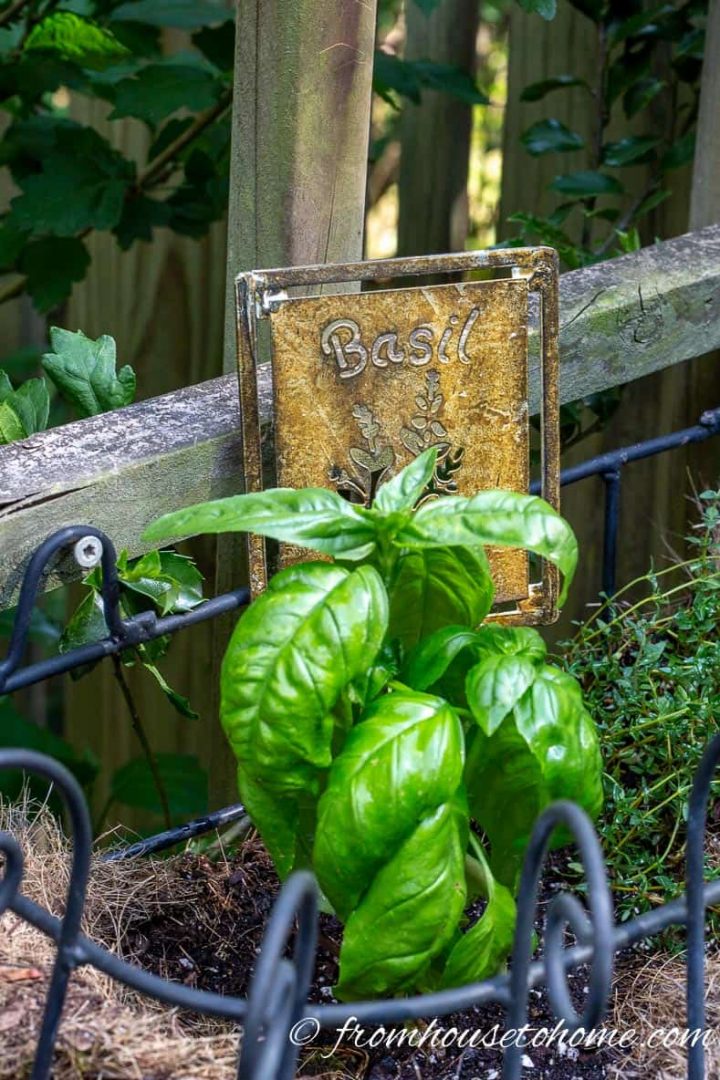
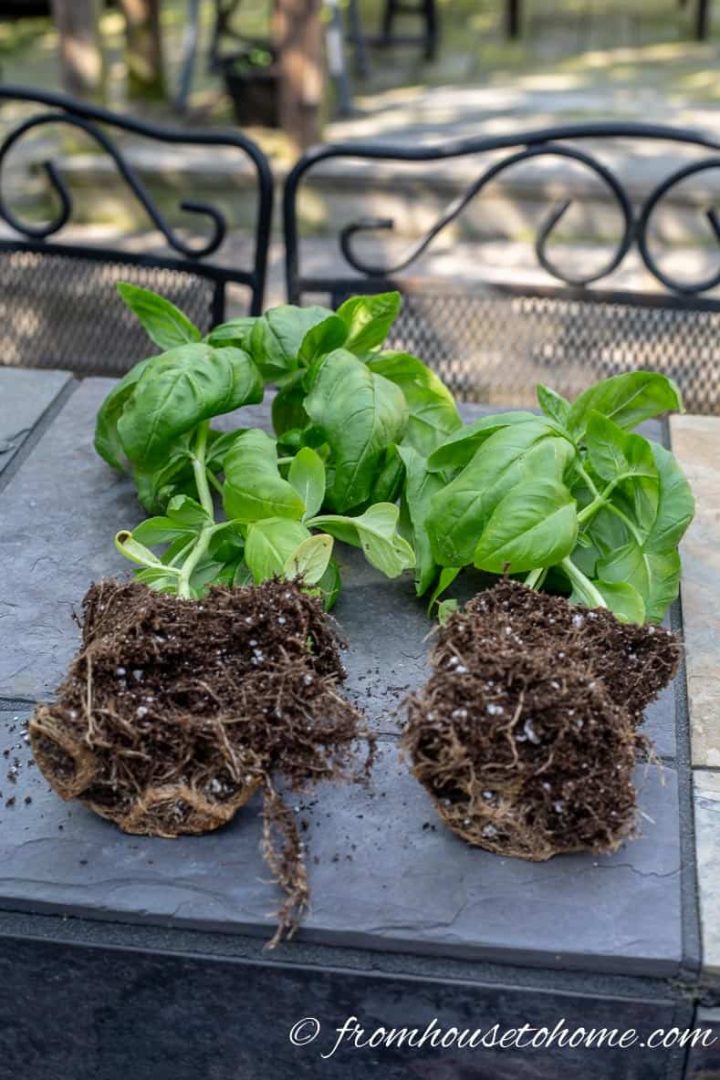
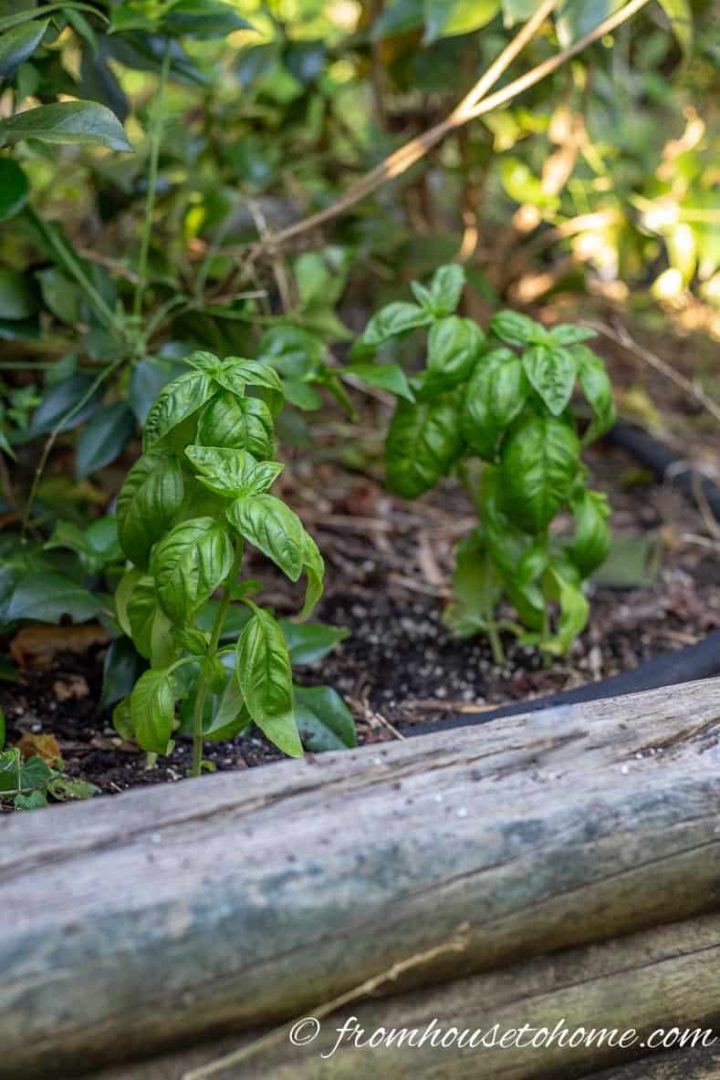





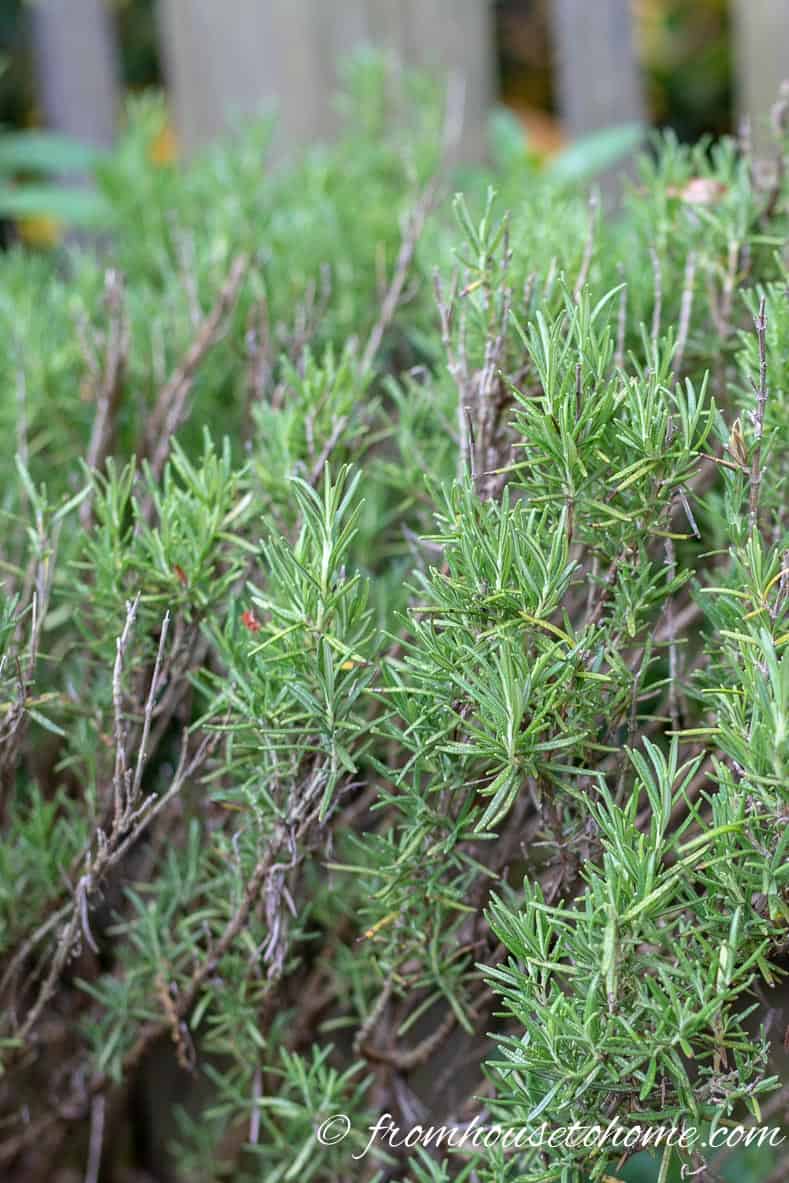
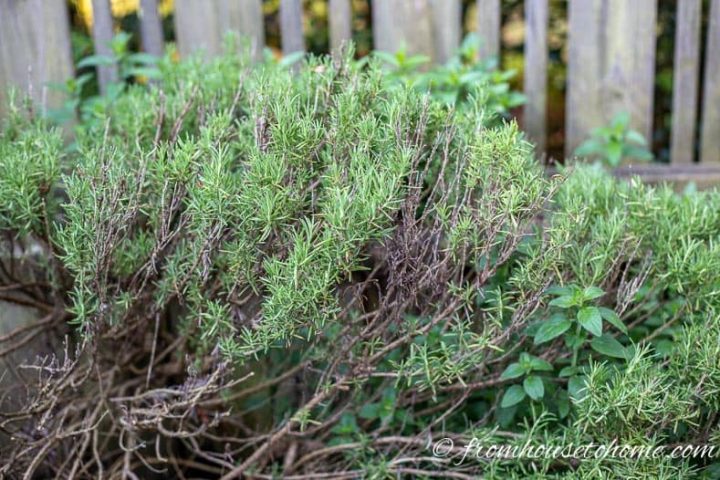
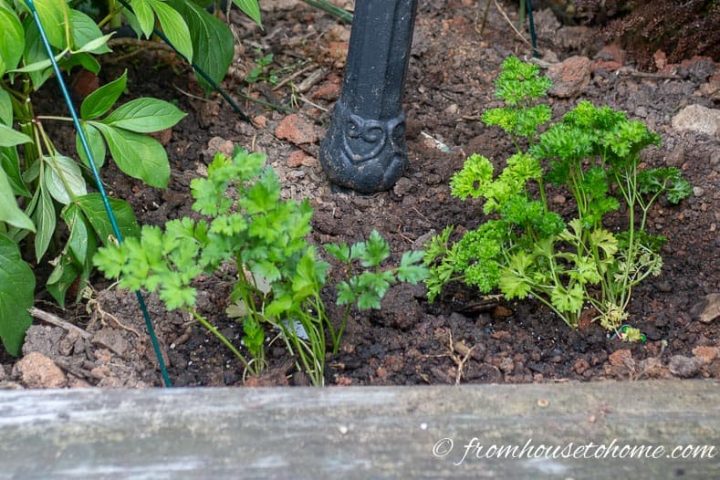
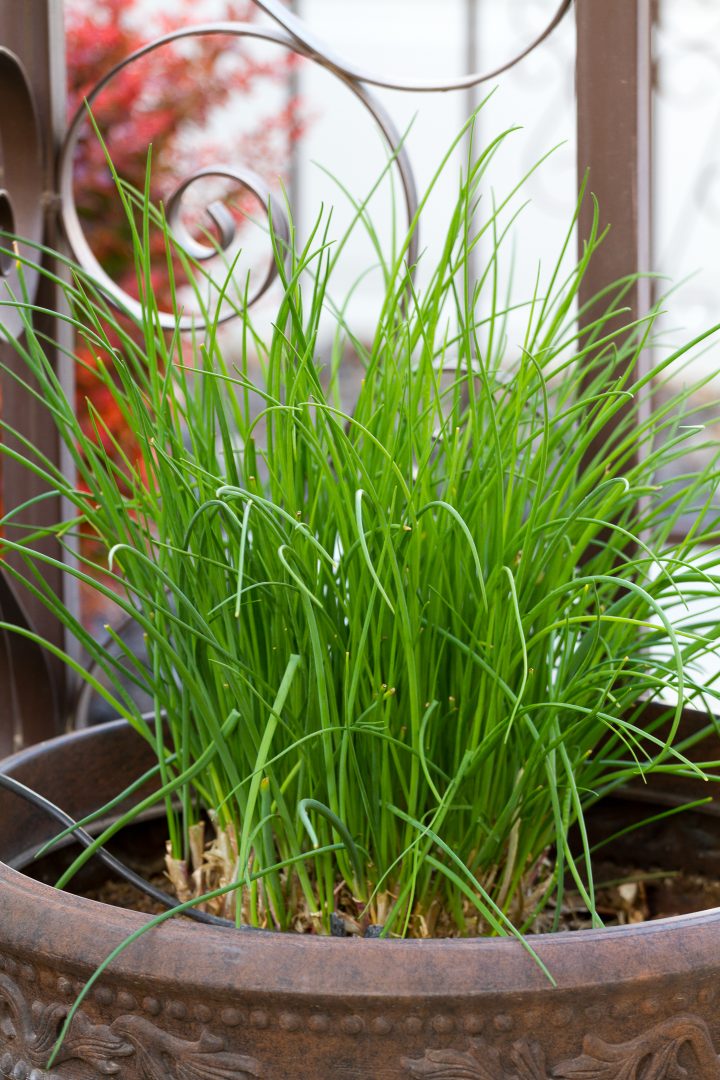
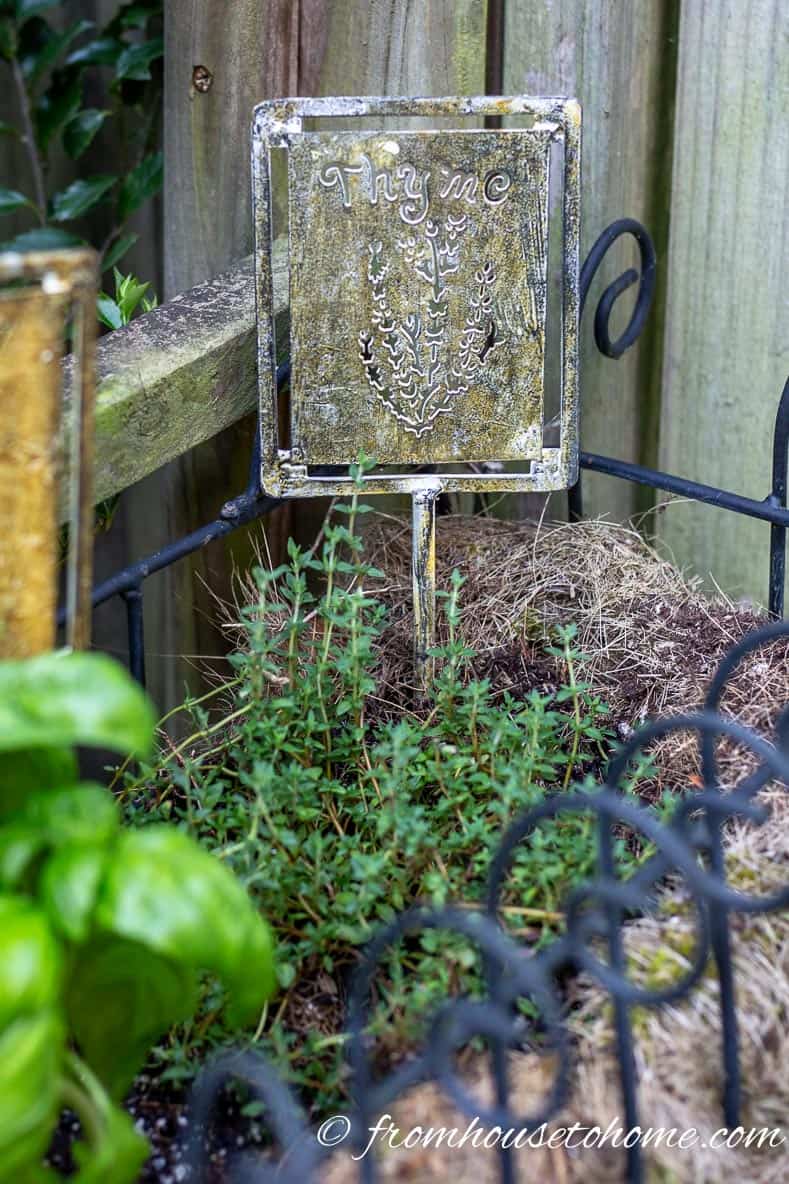
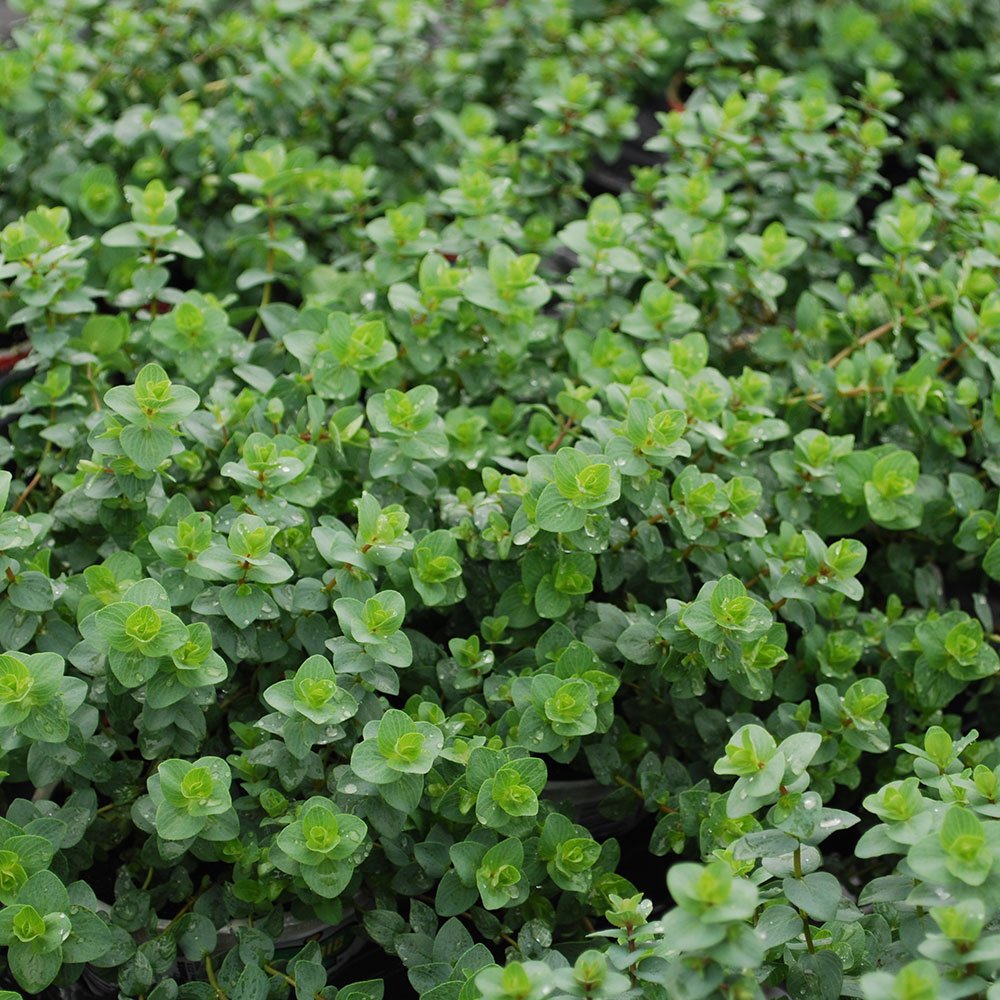

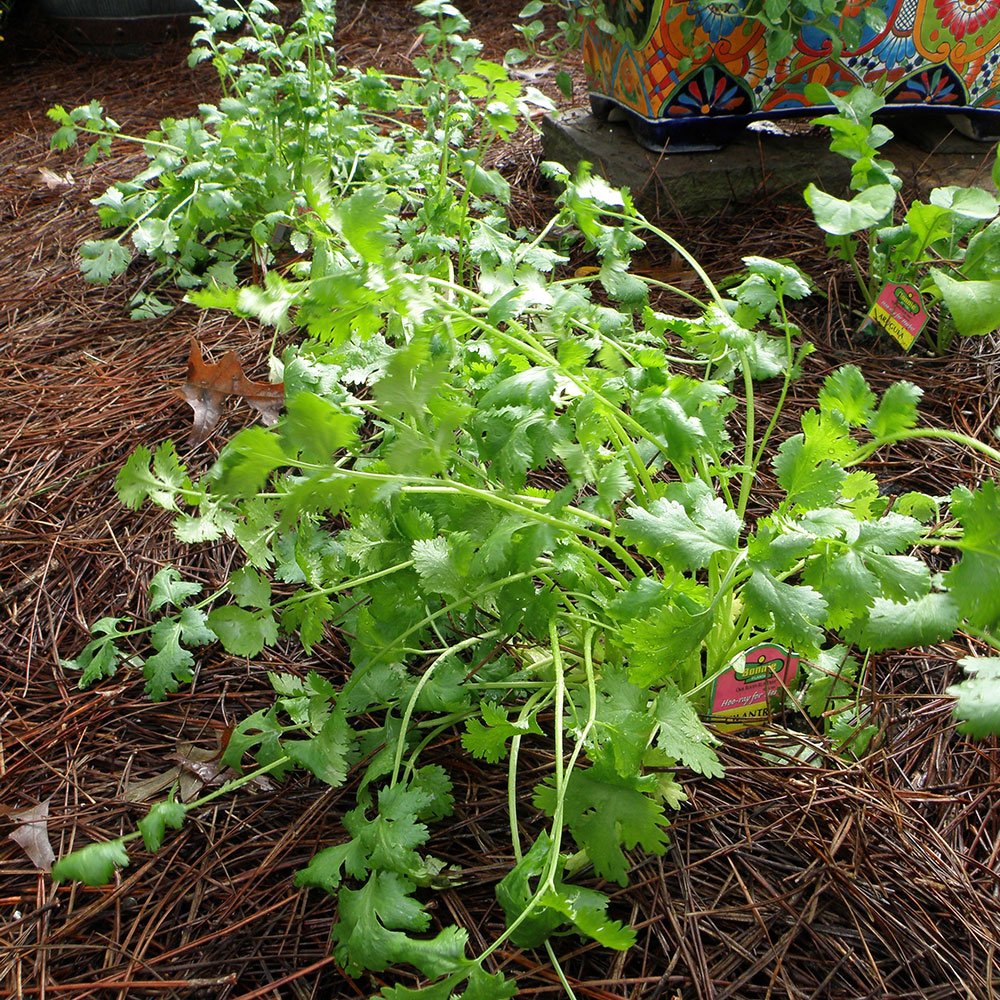
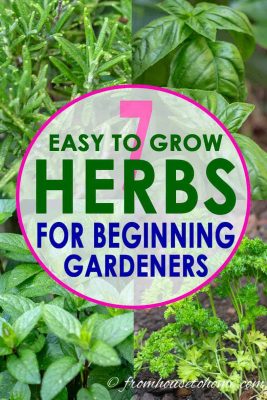


Well! Thank you for the list and the helps for growing them. New House, all the things I wanted to do in old one will be happening in new. This was one I have wanted for a great while.
I’m glad it was helpful, Jody. I love having fresh herbs available in the garden 🙂 Good luck in your new house!
What do you do when it starts to get cold outside? I just planted my first herb garden but am not sure what to do come Fall/Winter.
Hi Nicole…I leave mine out there. The annuals will die off at the end of the year so you will need to re-plant them next year (some of them may self-seed, in which case they will come up again on their own). You can leave the hardy perennials where they are and they will grow back in the spring. If you have any tender perennials that won’t survive the cold, you can bring them inside in the fall if you want to save them. But I treat them as annuals and re-plant them every year. If you want to have fresh herbs in the winter, you can plant them in containers. Leave the containers outside during the summer. Then bring them in and put them in a sunny window when it gets cold. Hope that helps!
I am planting a herb garden.Thank you.